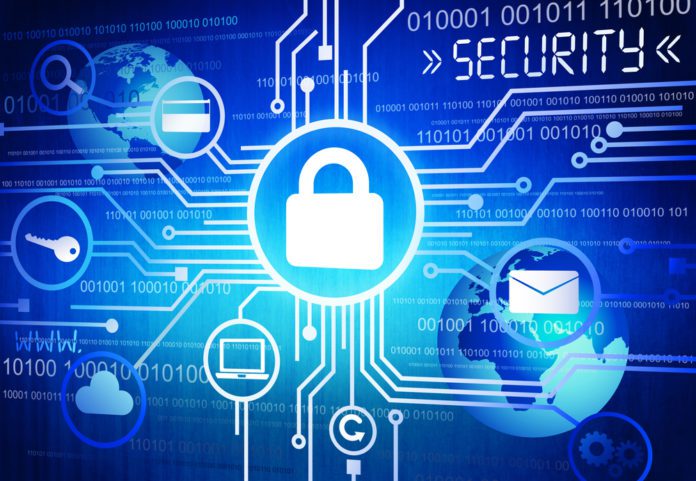Video Monitoring Key to Security System Success
According to a new report from leading research firm Strategy Analytics, support for video-verified alarms is growing among security companies, insurers, and law enforcement organizations. “Smart Home: Disrupting the Security Industry” contends that the appeal of video monitoring is twofold: video-verified alarm systems allow viewers to observe crimes in progress and provide meaningful evidence from a crime event.
The report points to the Partnership for Priority Verified Alarm Response (PPVAR), an industry organization established to promote the benefits of video-verified alarms as well as the use of standardized protocols for video relay. According to the report, standardized protocols allow alarm companies to provide central monitoring station operators with video to accompany an alarm event.
When central station operators verify the presence of an individual who they believe to be an intruder, they can pass this information on to law enforcement personnel. The only drawback with the central station concept is that the operator may not able to verify that the individual is in fact an intruder without first confirming with the homeowner, who may or may not be reachable. Consequently, they may not be able to confirm that it is a true emergency event.
However if the homeowner has access to the video through a self-monitored system, they may elevate the status of the call to a crime-in-progress, gaining priority status and producing higher arrest rates. And that’s why video verification doesn’t always need to involve a central monitoring station, the report explains.
Self-monitored solutions, which allow homeowners, renters, and designated third-parties to relay a video clip directly to authorities as verified proof of a crime in progress, can be even more effective. Typically the CMS agent doesn’t definitively know whether the person in a video clip is actually an intruder or a friendly party who accidentally tripped the alarm; with a self-monitored system, that possibility is virtually eliminated.
While only a few police departments throughout the United States are equipped technologically to accept video directly from consumers, this is a trend that is beginning to pick up steam. “We expect that with the growth of self-monitored security systems, there will be a corresponding growth in the number of police departments and other legal authorities equipped to receive notifications including video verification directly from homeowners,” the report claims.
Joe Liu, CEO of MivaTek, which provides a platform for video-monitored security and one of the companies cited in the report, says that video monitoring should be required of any security system, given the number of false alarms that are produced each year.
“If you’re looking for a reason why law enforcement agencies in many jurisdictions across the United States are beginning to require authentication or “verification” of incoming alarms, you only need to know one number: 98. That’s the percentage of all alarm calls that turn out to be false – that is, there was no real emergency.
“Video-verified monitoring can reduce this number dramatically, maybe even eliminate false alarms altogether,” he added. “The potential dollar savings, as well as lives, cannot be overstated.”
About Strategy Analytics
Strategy Analytics, Inc. provides the competitive edge with advisory services, consulting and actionable market intelligence for emerging technology, mobile and wireless, digital consumer and automotive electronics companies. With offices in North America, Europe and Asia, Strategy Analytics delivers insights for enterprise success.














